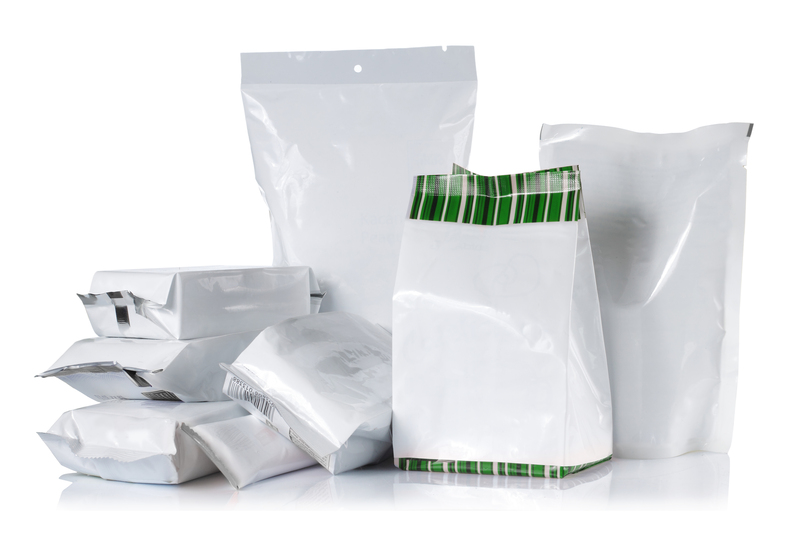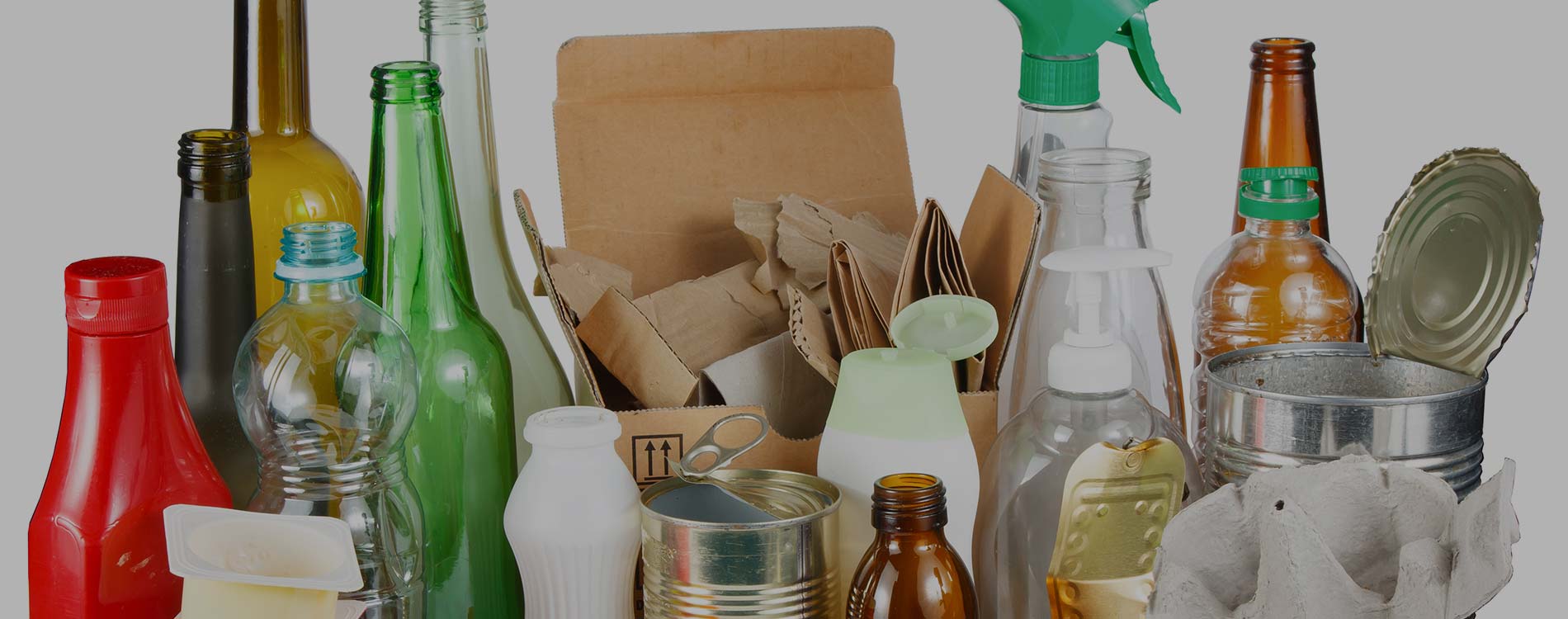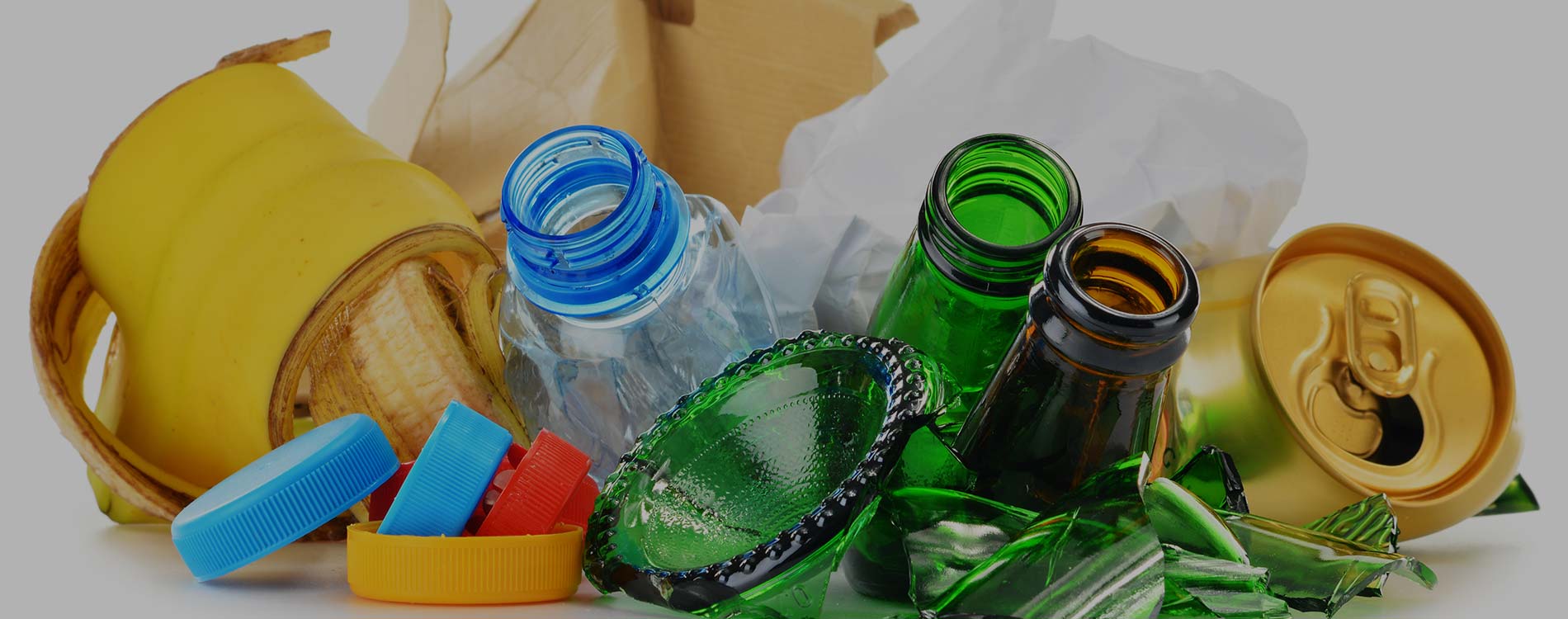A Guide to Implementing Recycling in Educational Institutions
Posted on 12/10/2025
A Guide to Implementing Recycling in Educational Institutions
With increasing environmental concerns globally, educational institutions play a crucial role in fostering sustainable habits. Implementing an effective recycling program within schools and colleges not only minimizes waste but also instills eco-friendly values in future generations. This detailed guide explores the best practices, benefits, and step-by-step processes for launching and managing a successful recycling initiative in educational settings.
Why Eco-Friendly Initiatives Matter in Schools and Colleges
The impact of recycling programs in educational institutions extends beyond waste management. By integrating eco-conscious behaviors into daily school life, students and staff develop a lifelong respect for our planet. Here's why recycling in schools should not be overlooked:
- Environmental Stewardship: Schools are microcosms of society. Instilling recycling habits helps reduce landfills, conserve resources, and protect ecosystems.
- Educational Benefits: Hands-on participation in recycling initiatives boosts student awareness about topics such as pollution, resource conservation, and climate change.
- Cost Efficiency: Reducing waste output can lead to lower disposal costs and even generate income through materials recovery.
- Community Engagement: Recycling campaigns unite students, parents, staff, and local partners, reinforcing the sense of community responsibility.

Steps to Launch a Recycling Program in Educational Institutions
Starting a recycling initiative in your school or college may seem daunting, but a clear, staged approach can ensure long-term success. Here's how to get started:
1. Assess Current Waste Practices
Begin by evaluating the existing waste management practices on campus. Conduct a waste audit to determine the volume and type of waste generated each day. This assessment should answer:
- What materials are most commonly discarded?
- Do recycling bins exist, and are they used correctly?
- How is waste collected and processed?
Understanding the baseline is crucial for setting realistic goals and tracking improvement.
2. Form a Green Team or Sustainability Committee
Empower a team responsible for environmental initiatives. This committee may consist of:
- Enthusiastic staff and teachers
- Motivated students (consider clubs or extracurricular activities)
- Parent liaisons
- Facilities or maintenance personnel
A dedicated group increases accountability and brings diverse ideas for effective recycling management in educational institutions.
3. Set Clear Objectives and Recycling Guidelines
Define specific goals--do you aim to divert a certain percentage of waste from landfills, introduce composting, or recycle new materials like electronics? Clear guidelines help the entire school community understand what can and cannot be recycled.
- List acceptable recyclable materials (paper, plastic, metal, glass, etc.)
- Provide instructions for cleaning or sorting recyclables
- Clarify collection procedures and schedules
4. Secure Support from School Administration and Stakeholders
Administrative backing ensures access to resources and integration into curriculum or daily routines. Present potential environmental and financial benefits to school principals, boards, and local authorities to gain approval and funding.
5. Implement Accessible Infrastructure
- Place labeled recycling bins in communal areas: classrooms, hallways, cafeterias, and offices.
- Ensure easy-to-understand signage with color-coding and graphics, helping even young children participate.
- Work with local waste haulers or recycling companies to arrange for regular collection and safe processing of materials.
- Consider adding compost bins for food and yard waste, and secure containers for electronic or hazardous waste where applicable.
6. Educate and Engage the School Community
Knowledge is essential for lasting change. Launch engaging educational campaigns to promote recycling awareness in educational settings:
- Include recycling and sustainability in lesson plans and assemblies.
- Host workshops, competitions, and "green" events.
- Distribute posters, newsletters, and infographics with recycling tips.
- Utilize social media or school websites to share success stories and updates.
7. Monitor, Evaluate, and Adapt
Continual assessment of the program helps maintain momentum and identify improvement areas. Key steps include:
- Track recycled volumes and reduction in landfill waste.
- Solicit feedback from students, teachers, and janitorial staff.
- Recognize and reward outstanding participation or innovative ideas.
- Make adjustments to bin placement, signage, or educational efforts as needed.
Key Elements of a Successful School Recycling System
Thorough planning and inclusive participation make all the difference. For the best results in educational institution recycling programs, focus on the following critical elements:
Comprehensive Sorting and Collection
- Separate bins: Clearly differentiated bins for paper, plastics, metals, e-waste, and compostable materials reduce contamination.
- Convenient locations: Accessibility boosts compliance--bins should be located where waste is generated, not just in central areas.
Regular Communication and Campaigns
Consistent, creative communication is vital. Use themed recycling weeks, classroom challenges, and visual progress charts to sustain interest.
Partnerships with Local Organizations
- Partner with local recycling centers, businesses, and environmental groups for support, expertise, and possible fundraising through material recovery.
- Arrange field trips or guest speakers to connect curriculum to community initiatives.
Student Leadership and Involvement
Young people are natural advocates for change. Empower student-led green teams, ambassadors, or eco-clubs to manage daily tasks and motivate peers.
Visible Progress and Celebrations
- Publicly display accomplishments--posters showing how many tons recycled or how much waste was reduced encourages ongoing participation.
- Celebrate achievements with assemblies, certificates, or eco-friendly incentives.
Common Challenges in Setting Up School Recycling Programs and Their Solutions
Insufficient Participation
- Solution: Emphasize the importance of recycling through regular reminders and tailored messages. Student competitions and grade-wise tracking can reignite interest.
Recycling Contamination
- Solution: Provide clear instructions and examples of what belongs in each bin. Engage custodial staff in the education process.
Budget Constraints
- Solution: Start small, focusing on high-impact materials (like paper). Seek grants, local sponsorships, or municipality partnership for funding or free bins.
Lack of Awareness or Motivation
- Solution: Integrate recycling themes into classroom activities, art projects, and environmental science lessons to personalize the mission.
Innovative Ideas to Boost Recycling in Educational Environments
- Recycling Art Projects: Encourage students to create artwork using recyclable materials as a practical learning project.
- Classroom Waste-Free Days: Designate one day per week or month for students to pack and eat zero-waste lunches, connecting recycling efforts with broader waste reduction.
- Green Fairs and Swap Events: Host events where books, uniforms, or supplies can be swapped or upcycled, reducing waste and promoting community.
- Electronic Waste Collection Drives: Partner with technology recyclers to collect old electronics, teaching students about responsible disposal of hazardous materials.
- Compost Gardening: Use composted food waste in school gardens, linking the cycle of recycling with food production education.
Integrating Recycling into the Curriculum
The effectiveness of recycling in educational institutions grows when it becomes part of the learning experience.
- Science: Study the decomposition rates of various materials, or launch experiments to test the effectiveness of classroom recycling.
- Mathematics: Track and graph waste diversion or calculate the environmental impact of recycling certain materials.
- Social Studies: Examine the global and local impacts of resource use and discuss solutions.
- Language Arts: Encourage students to write essays or persuasive speeches on the importance of environmental stewardship.
Case Studies: Successful School Recycling Programs
Green Schools Program (USA)
Many districts across the United States have implemented dedicated recycling teams. In some high schools, students led efforts that reduced landfill waste by up to 50% in just one academic year through increased education and better infrastructure.
Eco-Schools International
Eco-Schools, a global initiative, incorporates environmental audits, waste reduction contests, and curricular modules on sustainability, leading to higher recycling rates and more engaged communities.
Campus Composting (Europe)
Several universities in Europe use food waste composting as part of chef-led workshops and campus garden maintenance, introducing students to closed-loop waste systems.

Sustaining and Expanding the Program
Creating a culture of sustainability in educational institutions requires ongoing commitment:
- Regularly revisit program goals and celebrate milestones.
- Rotate leadership among students and staff to build skills and maintain enthusiasm.
- Stay informed about advances in recycling technology, legislation, and local opportunities.
Conclusion: Building a Greener Tomorrow Through School Recycling Programs
Implementing recycling in educational institutions is more than a responsible waste management practice--it is a powerful way to shape the next generation of environmentally conscious citizens. With commitment, creativity, and ongoing education, schools and colleges can dramatically reduce waste, save money, and inspire communities. Let your institution set an example and lead the way towards a sustainable future, one recyclable item at a time.
Ready to launch or revitalize a recycling program at your educational institution? Start today and be the catalyst for lasting positive change!

 020 3744 2205
020 3744 2205











